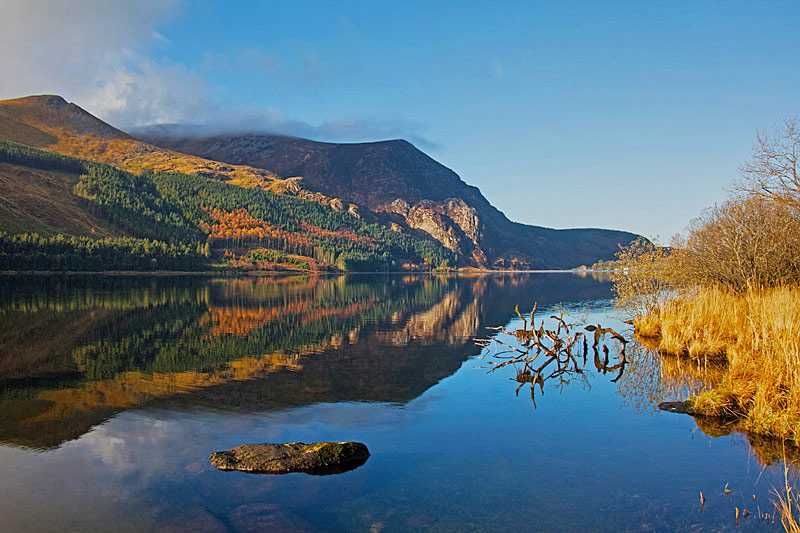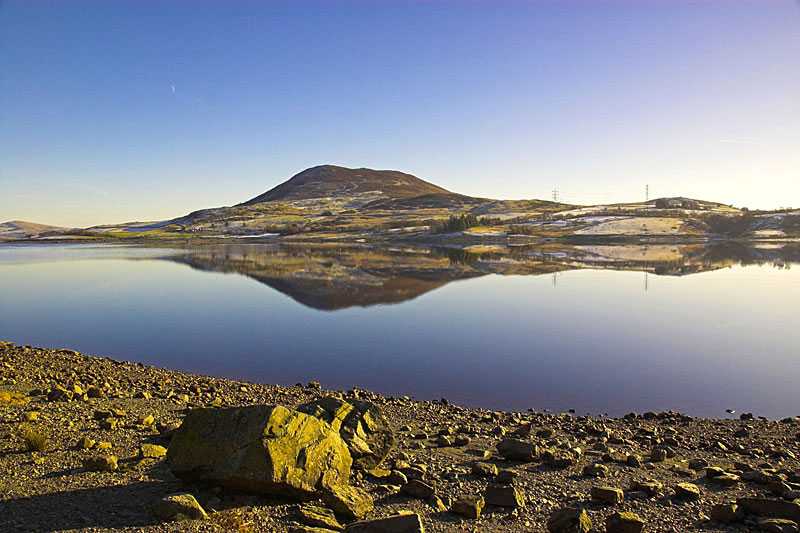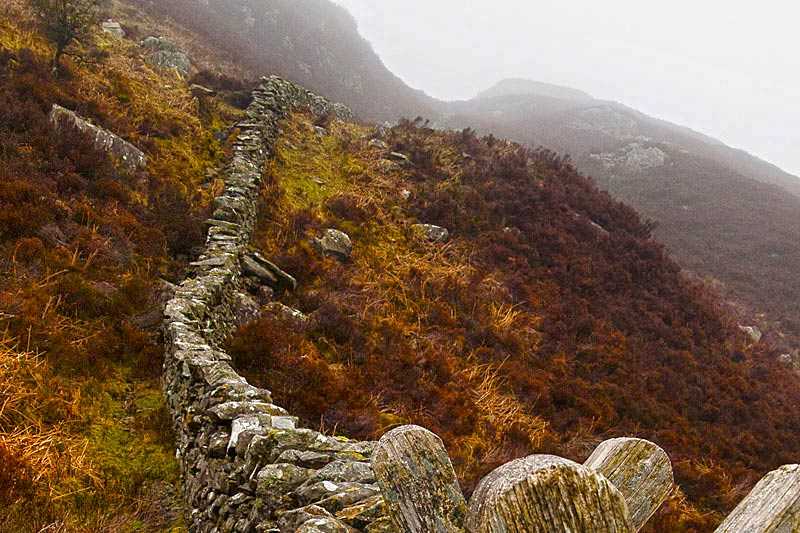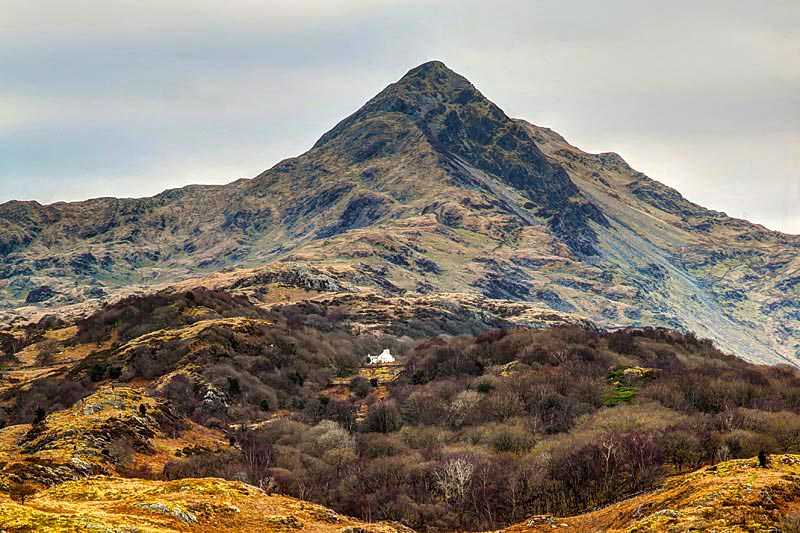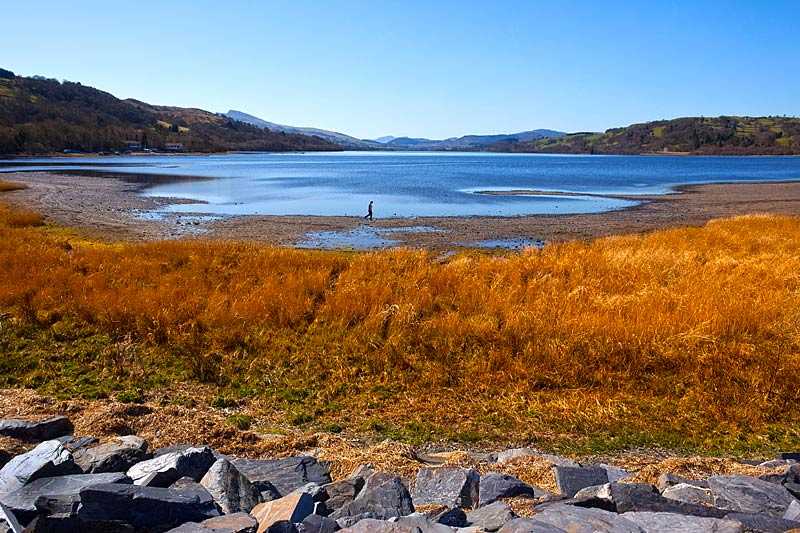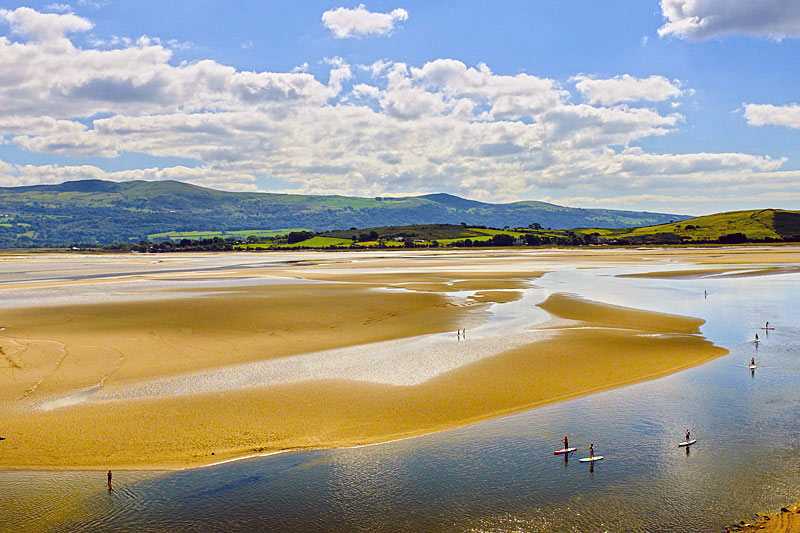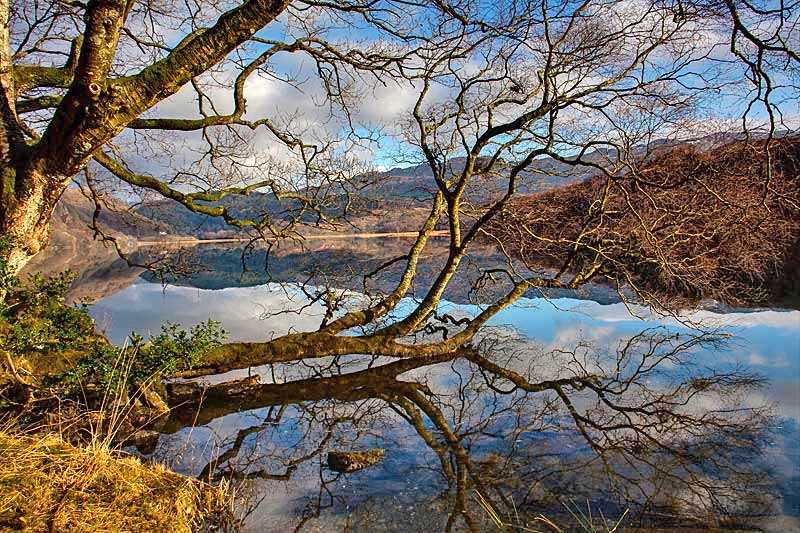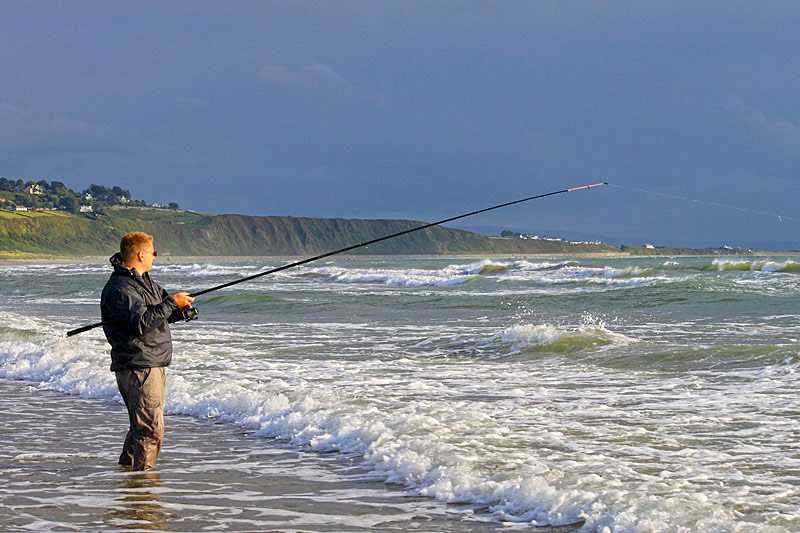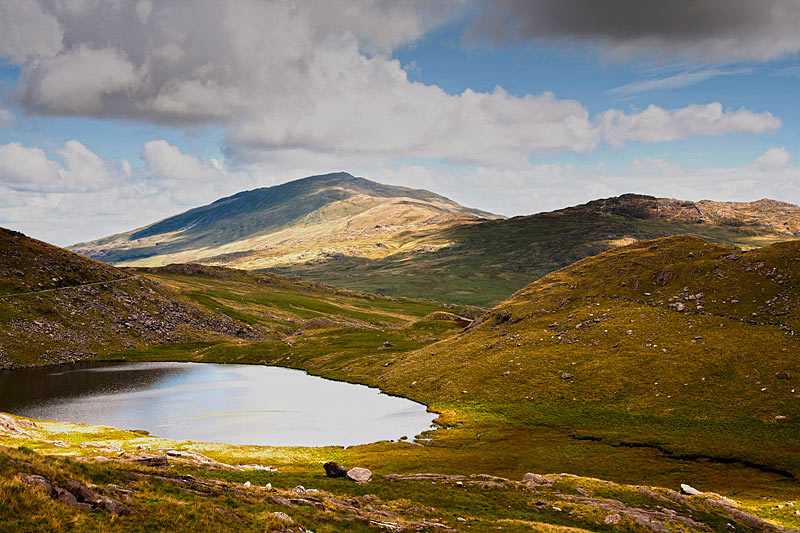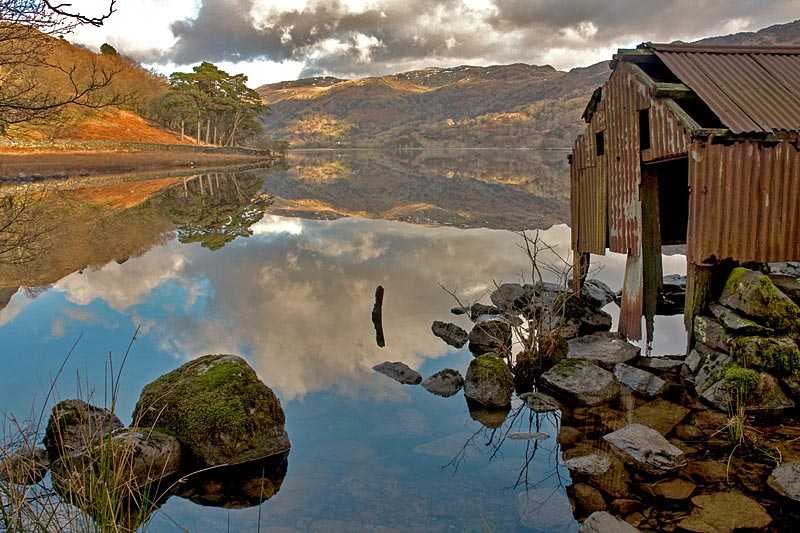Snowdonia National Park
About Snowdonia National Park
Snowdonia National Park is a region in North Wales, covering 2,130km2 (823 sq mi). It is the largest and oldest of the three National Parks in Wales, first d...
About Snowdonia National Park
Snowdonia National Park is a region in North Wales, covering 2,130km2 (823 sq mi). It is the largest and oldest of the three National Parks in Wales, first designated as such in 1951. Snowdonia National Park is home to Snowdon, the tallest mountain in Wales at 3,560 ft (1,085 m).
One hundred lakes, ninety mountain peaks, moors, wetlands and 59.5 k...
Things to do near Snowdonia National Park
Attractions near Snowdonia National Park
Activities
About Snowdonia National Park
About Snowdonia National Park
Snowdonia National Park is a region in North Wales, covering 2,130km2 (823 sq mi). It is the largest and oldest of the three National Parks in Wales, first designated as such in 1951. Snowdonia National Park is home to Snowdon, the tallest mountain in Wales at 3,560 ft (1,085 m).
One hundred lakes, ninety mountain peaks, moors, wetlands and 59.5 km (37 mi) of coastline make up the stunning and versatile landscape of the Park. Annually, the Park attracts an estimated 6 million visitors; making it the third most visited National Park in England and Wales. Snowdon is located in the northern-most part of Snowdonia and this area is the most popular with tourists.
Activities
Snowdonia National Park has an enormous 2,380 km (1,479 mi) of public footpaths and is largely covered by ‘Right to Roam’ laws. It is popular for many outdoor activities including walking, cycling, white-water rafting, coarse fishing, mountain biking, Geocaching and of course, climbing.
Points of Interest
Points of interest include the remarkable waterfalls along the Dol Goch trail and the famous Cantilever Stone, a large flat rock that appears to be precariously balanced when viewed from the right angle.
Flora and Fauna
Snowdonia National Park is famed for its unique and rare wildlife and vegetation, and large areas of the Park are designated as Sites of Special Scientific Interest, Special Areas of Conservation and Special Protection Areas. For example, Northern Snowdonia is the only place in the UK where the Snowdon Lily and the rainbow-coloured Snowdon beetle can be found. Rare animals in the park include polecats, otters and the feral goat, rare birds include peregrine, raven, osprey and the red kite.
Conservation
The Park’s entire coastline, running from the Llyn Peninsula and down the mid-Wales coast has been designated a Special Area of Conservation for its important sand dune systems.
